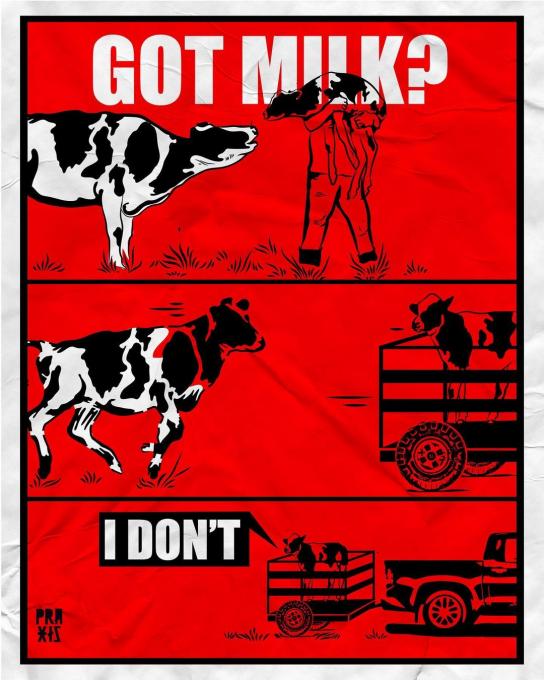Introduction:
In recent years, discussions surrounding the Environmental Impact of various industries have become increasingly prevalent. Among these, the Meat Industry often stands out for its significant ecological footprint. From deforestation to greenhouse gas emissions, the production of meat, particularly beef, has profound implications for our planet. In this blog, we delve into the Environmental impact of meat industry and explore potential solutions to mitigate its impact.
Related Articles
The Carbon Footprint of Livestock Farming:
Livestock farming, especially beef production, is a major contributor to greenhouse gas emissions. Methane, a potent greenhouse gas, is released during the digestive process of ruminant animals like cows. Additionally, the clearing of land for grazing and feed production releases carbon stored in vegetation and soil, further exacerbating climate change.
Deforestation and Habitat Destruction:
The expansion of pastureland and cropland for animal feed production is a leading cause of deforestation in regions such as the Amazon rainforest. Deforestation not only reduces biodiversity but also releases large amounts of carbon dioxide into the atmosphere. Moreover, the destruction of natural habitats threatens countless species, contributing to the ongoing global biodiversity crisis.
Water Usage and Pollution:
Livestock farming is highly water-intensive. From providing drinking water for animals to irrigating feed crops, significant amounts of water are required throughout the meat production process. Additionally, runoff from animal waste and fertilizers used in feed crop cultivation can contaminate water sources, leading to pollution and ecosystem degradation.
Land Degradation and Soil Erosion:
Intensive farming practices, including overgrazing and monoculture feed crop cultivation, can degrade soil quality and lead to erosion. Soil erosion not only reduces agricultural productivity but also contributes to sedimentation in water bodies, negatively impacting aquatic ecosystems.
Health Implications:
The environmental impact of the meat industry also extends to human health. Overconsumption of red and processed meats has been linked to various health problems, including heart disease, cancer, and obesity. Furthermore, the use of antibiotics in livestock farming contributes to the rise of antibiotic-resistant bacteria, posing a significant public health concern.
Sustainable Solutions:
Addressing the environmental impact of the meat industry requires a multifaceted approach. Transitioning towards sustainable agricultural practices, such as regenerative grazing and agroforestry, can help mitigate carbon emissions and restore ecosystems. Additionally, promoting plant-based diets and reducing food waste can decrease the demand for meat and alleviate pressure on natural resources. Moreover, implementing policies and regulations to limit deforestation and promote sustainable land use practices is essential for protecting our planet’s biodiversity.
Conclusion:
The environmental impact of the meat industry is undeniable, but with concerted efforts and innovative solutions, we can work towards a more sustainable future. By raising awareness, adopting eco-friendly practices, and advocating for policy changes, we can reduce the ecological footprint of meat production and pave the way for a healthier planet for generations to come. Let us strive to make conscious choices that prioritize both environmental sustainability and human well-being.
The post Understanding the Environmental Impact of the Meat Industry appeared first on Washington Post News.

